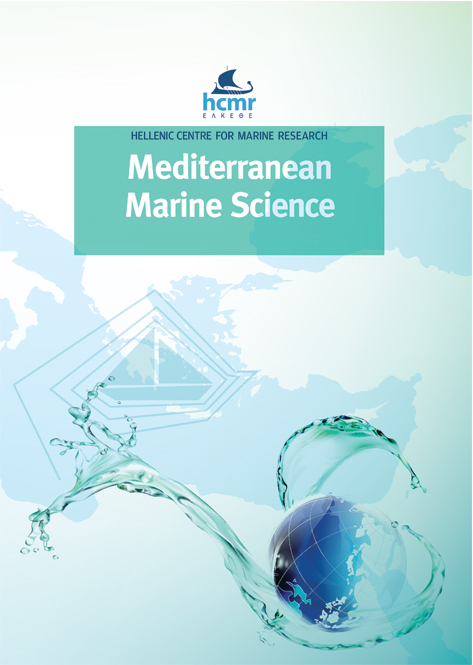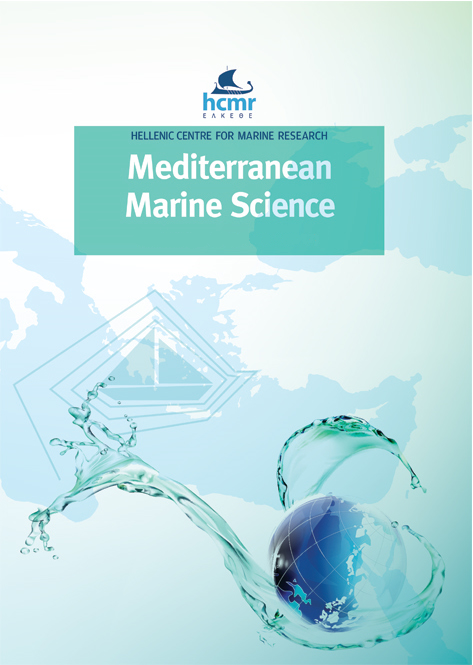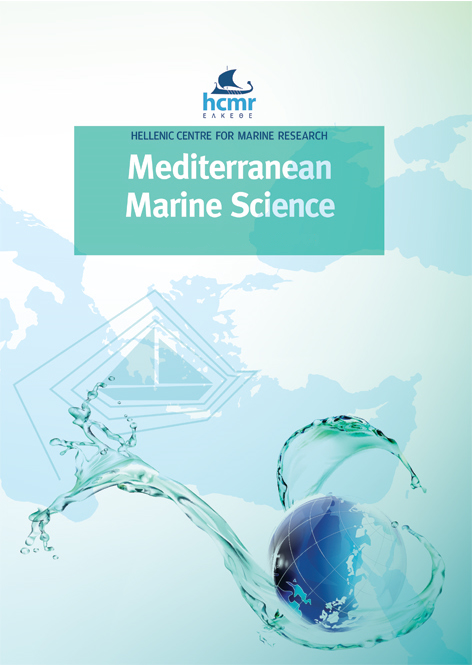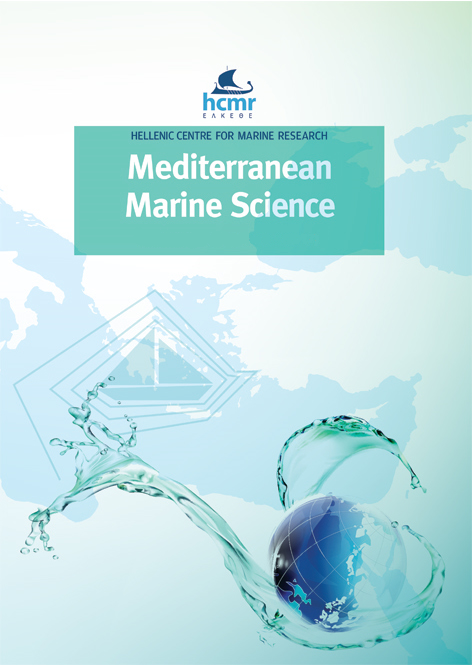First record of a remarkable Cladocora caespitosa bank in Aristotle’s Lagoon (N Aegean Sea): Structure and health status
Abstract
Cladocora caespitosa is a Mediterranean scleractinian that can form large bioconstructions. Once widespread, the IUCN classified this coral as Endangered (EN) as a consequence of severe population declines over the past two decades. This study provides the first quantitative description of a coral bank in the Gulf of Kalloni, Lesvos Island, Greece. Colony abundance, size, coral cover, attachment mode (i.e., fixed or unattached), percentage of necrosis, and species richness were recorded. Overall, 1505 colonies were assessed within a total area of 1080 m2 and a depth range of 0.5-5.8 m. Approximately 20% of the colonies sampled were unattached. The most typical size range was 10-20 cm, but aggregated colonies (up to 203 cm in diameter) were frequently found. Coral density (5.2 ± 5.2 colonies m-2, mean ± SD; max = 34 colonies m-2) and coral cover (22.0 ± 34.4%) were negatively correlated with depth. Necrosis levels (33.6 ± 38.1%) were high, 46.5% of the colonies showing ≥10% necrotic surface, 8.7% dead, while most necrosis was old. A total of 10 macrophyte and 63 animal taxa were identified in the wider bank area, including biotic aggregations of dead or live coral colonies. With an estimated core bank area of approximately 560 m2, this population is one of the largest Cladocora banks in the Mediterranean, out of the fewer than 20 documented ones. Its proximity to smaller, isolated C. caespitosa bioconstructions suggests that the area is a hotspot for these coral formations and highlights the need for further monitoring and conservation actions.
Article Details
- Zitationsvorschlag
-
QUINTANO, N., SINI, M., TOPOUZELIS, K., TSIRINTANIS, K., & KATSANEVAKIS, S. (2025). First record of a remarkable Cladocora caespitosa bank in Aristotle’s Lagoon (N Aegean Sea): Structure and health status. Mediterranean Marine Science, 26(4), 903–920. https://doi.org/10.12681/mms.40108
- Rubrik
- Research Article
Authors who publish with this journal agree to the following terms:
- Authors retain copyright and grant the journal right of first publication with the work simultaneously licensed under a Creative Commons Attribution Non-Commercial License that allows others to share the work with an acknowledgement of the work's authorship and initial publication in this journal.
- Authors are able to enter into separate, additional contractual arrangements for the non-exclusive distribution of the journal's published version of the work (e.g. post it to an institutional repository or publish it in a book), with an acknowledgement of its initial publication in this journal.
- Authors are permitted and encouraged to post their work online (preferably in institutional repositories or on their website) prior to and during the submission process, as it can lead to productive exchanges, as well as earlier and greater citation of published work (See The Effect of Open Access).













